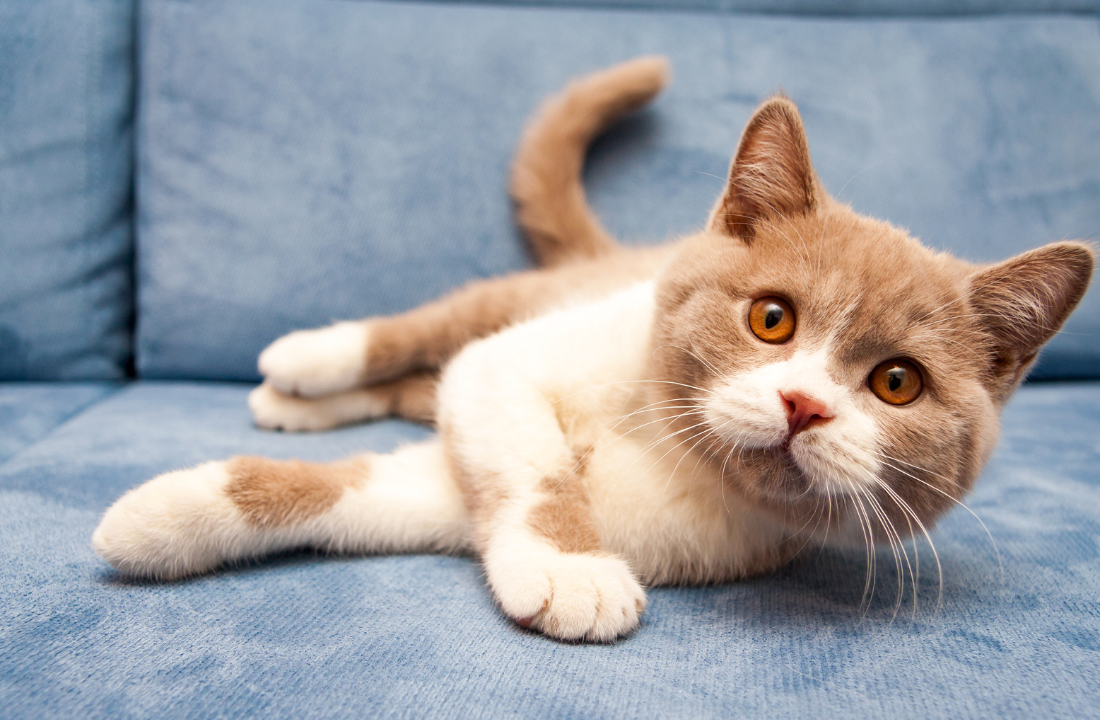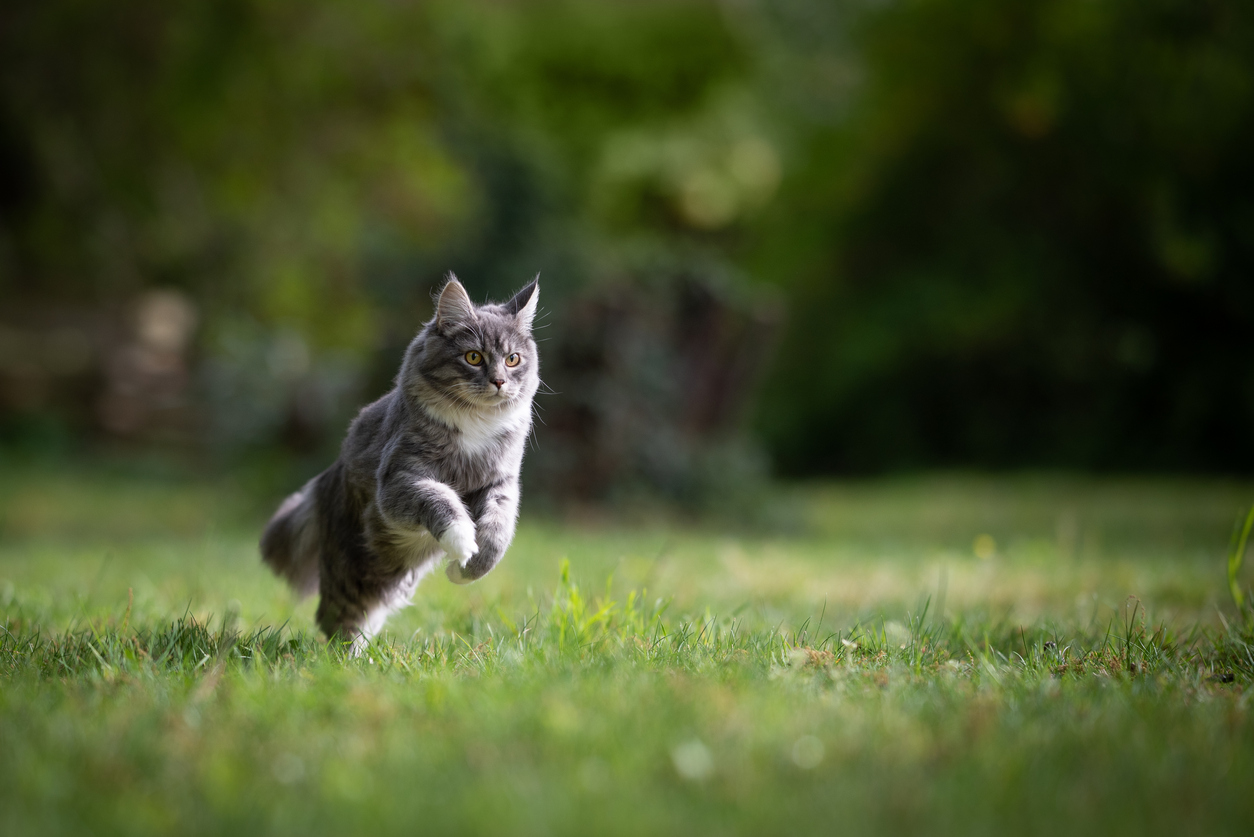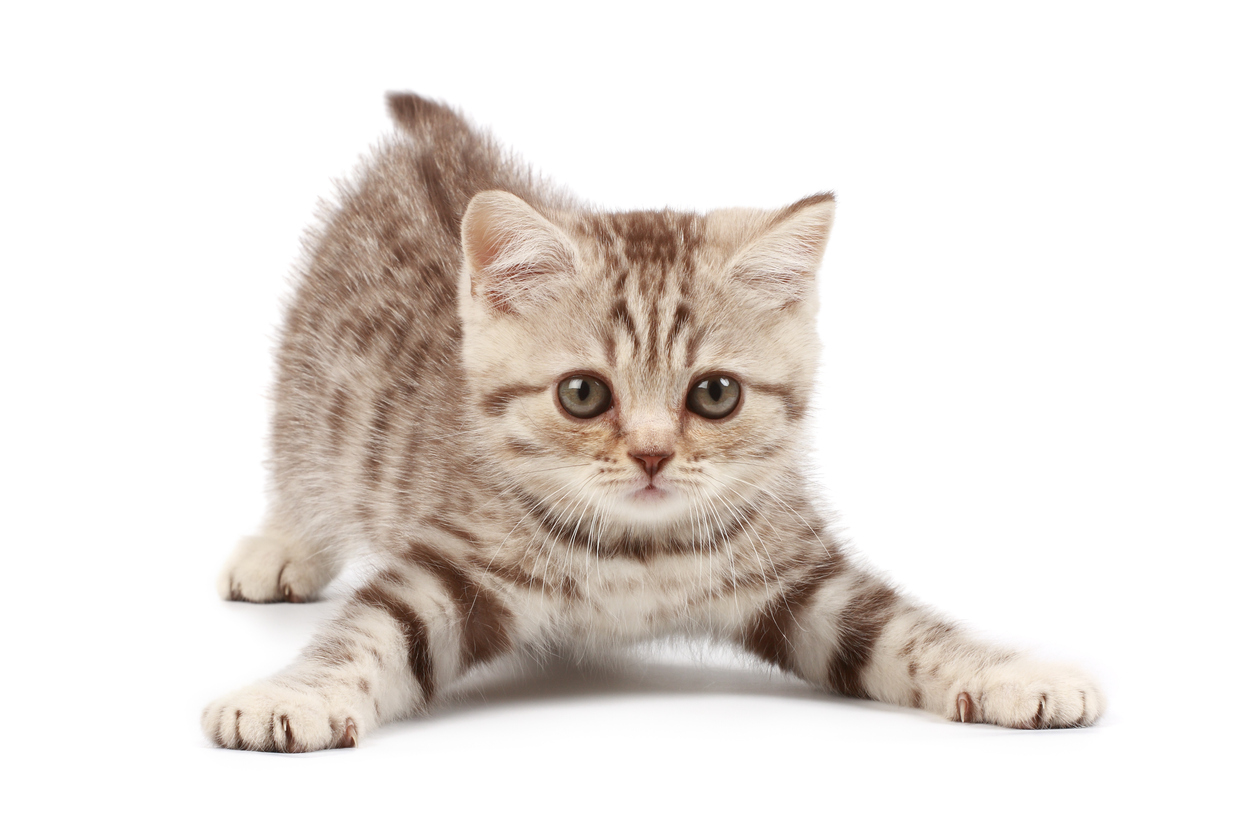Feline Diabetes

Cats, and other animals, can develop diabetes. It can be scary news for guardians, but a cat diagnosed with feline diabetes – or diabetes mellitus – can still have a full, happy life. Read on as we take a look at feline diabetes.
Signs of Feline Diabetes
Diabetes can occur in cats of any age, though it is most commonly seen in cats over the age of six years. Signs to look out for are weight loss despite increased appetite, extreme thirst and frequent urination. Less common symptoms include diarrhoea, vomiting, breathing difficulties or fruit-scented breath.
Feline diabetes is not exclusive to certain breeds and can occur in any cat. But the numbers show that male, neutered, ginger cats and Burmese cats are more likely to develop the condition. Cats that eat a lot of dry food are also more susceptible.
Causes of Diabetes Mellitus
Obesity is a big contributor to feline diabetes. The excess weight causes muscle and tissue cells to become resistant to insulin. This resistance makes glucose unavailable for energy, causing lethargy and increased hunger. Regardless of how much they eat, their cells can’t get the sugar they need to function. Weight loss is the result of ketosis, where muscle and fat cells are broken down in an effort to fuel the body. The high levels of glucose in the bloodstream enter the kidneys. There, it absorbs hydration, causing increased urination and thirst.
Other common causes include pancreatitis, genetic predisposition and Cushing’s Syndrome. Cushing’s is a condition that causes the body to produce excess cortisol, a stress hormone.

Insulin Dependence
A small percentage of diabetic cats are non-insulin dependent, needing insulin only when symptoms occur alongside a considered diet. But more than likely, a cat with feline diabetes will need insulin injections administered at the same times twice daily.
However, around half of cats with feline diabetes will go into remission in the months following diagnosis. Working with your vet, insulin doses will be adjusted to reach the sweet spot between diabetes symptoms and hypoglycaemia (low blood sugar). In cases of remission, your veterinarian will gradually decrease insulin doses to nil. Either way, it will take a few months to achieve optimal dosing and feeding.
According to Animal Diabetes Australia, feline diabetes is a treatable and very manageable condition. Life will change for the guardian of a cat with feline diabetes, but it will become part of everyday life before too long. Tasks involve monitoring water intake, appetite, body weight, urine testing – and injections.
Injections
It is understandable and common to feel nervous about giving your cat a needle. For us, injections are painful, and we don’t want to hurt the innocent fluff ball that brings us so much joy. But the truth is that within a few days, you will become au fait with giving them injections.
The needles used for insulin injections are small, as is the amount of serum injected. You will likely have seen your veterinarian or nurse give your pet a needle. They will teach you how it is done. You will administer the injection where there is loose skin; areas with less pain receptors. The disposable needles you use are fine and freshly sharp, which helps to minimises pain. Most cats are fine and adapt well, especially if it’s followed by their favourite treat.
During diagnosis, your cat will also be tested for infections. UTIs are common alongside a diagnosis of diabetes.
Diabetes mellitus is a serious condition. But once it is diagnosed and you have the right dosing and diet, you are on your way. When you have incorporated administering shots into your home routine, life can return to play and cuddles with your furry feline.
Read 9 Ways to Make Your Cat Happy for tips on creating the ultimate haven for your cat.

